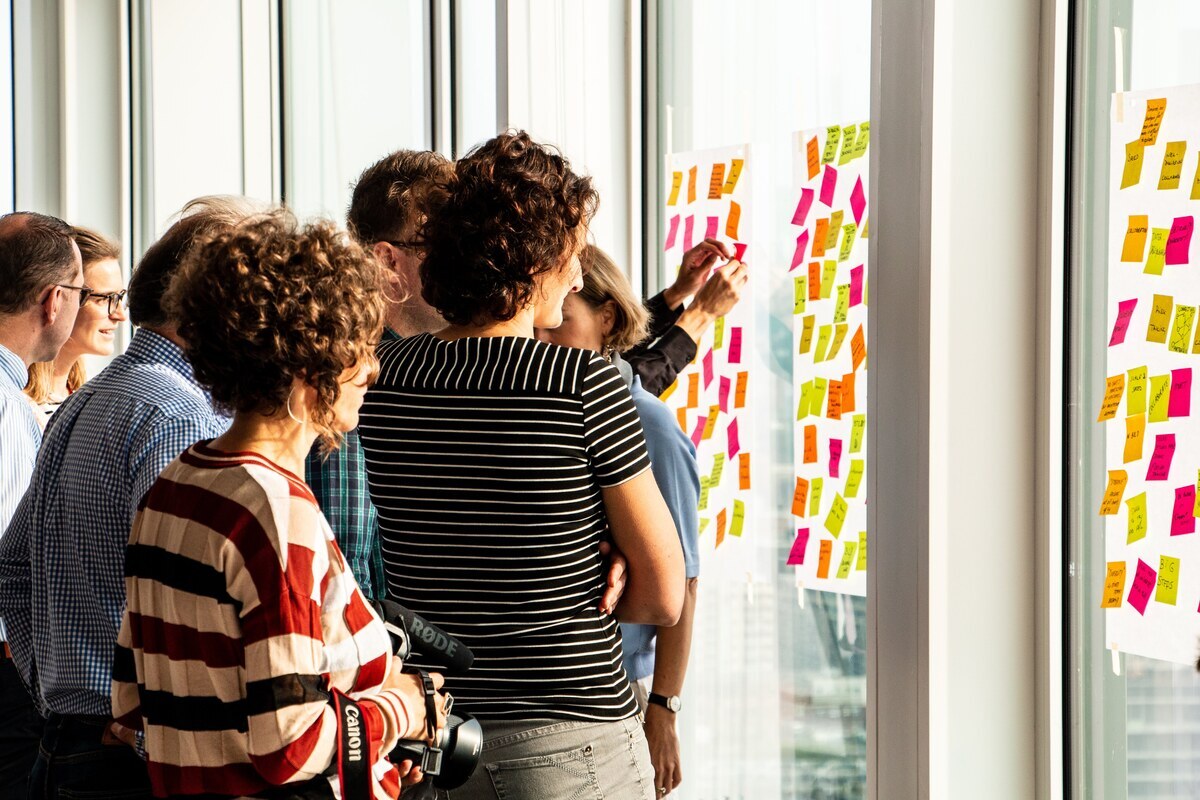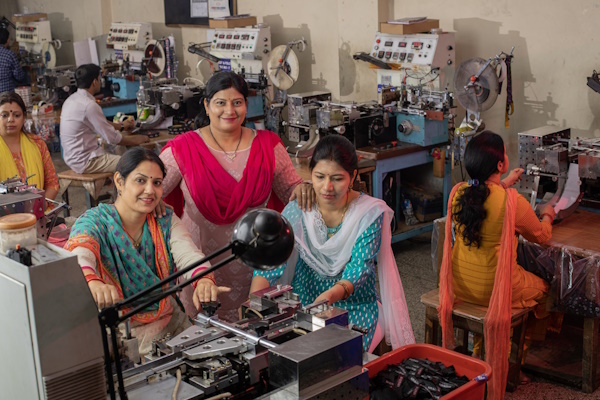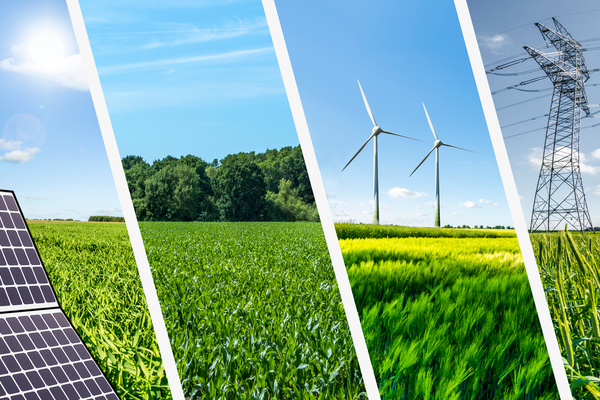Disrupting learning and development: unleashing the transformative power of experiential learning
Sponsored by WDHBBy immersing leaders in tangible, real-world moments, WDHB bridges the gap between learning and strategizing.

On a sunny Tuesday in June 2022, the boardroom of FC Barcelona was the scene of an unlikely meeting: The club’s Head of Innovation was in lively conversation with executives from Veolia, one of the world’s leading environmental services companies.
How did they come together? And what did an environmental services company want to learn from a football club? Drawn by FC Barcelona’s ethos of being “more than a club”, the leaders at Veolia found an echo to their internal discussions on what it means for a brand to have both societal and organisational obligations. As these two industry leaders converged, each organisation’s stance on corporate social responsibility was transformed.
WDHB is the mastermind behind this meeting of worlds. Since 1989, the company has been designing and delivering immersive and strategic experiences that take leaders outside of their natural habitats to learn from organisations globally. These immersive, unconventional and memorable learning experiences are highly effective at creating adaptive and resilient organisations. What makes a learning experience so impactful? Let’s dive into the theories and methodologies of experiential learning.
Learning In context
Knowledge is created through the transformation of experience. All learning, therefore, is experiential, according to the influential work of educational theorists David A Kolb and Roger Fry.1 To illuminate what an effective learning process looks like, Kolb and Fry created the four-stage experiential learning cycle. During this cycle, a person:
· Has a concrete experience
· Reflects on that experience
· Reaches new conclusions through analysis
· Actively experiments with these conclusions in the future
Through these four stages, learners continually build upon their experiences, propelling their growth and adaptability over time.
If the experience itself is what ignites learning, then the aim of experiential learning is to create the most hands-on engagement possible.
WDHB makes opportunities for tangible connections possible through its Learning Expeditions. A term coined by the company’s founder, Dr Pascal Baudry, Learning Expeditions immerse leaders in relevant and thriving business hubs globally to foster profound shifts in perspective. Through custom-designed workshops, company visits, stakeholder meetings, reflective activities and future-mapping exercises, learners gain insights that cannot be gleaned from textbooks alone.
“These are the sorts of experiences that create and foster paradigm shifts and, in some cases, paradigm shatters, that help you look at situations in a completely different way,” according to John Kolmer, Global Leadership Development Leader at Dow Chemical.
Building learning experiences: advice for L&D teams
Create community
Building an experiential learning strategy should go hand-in-hand with creating a community of practice. Learners should not be considered members of a cohort, but participants in a community. Therefore community-building components, such as storytelling and team-building exercises, should be woven into the fabric of learning programs. This style of engagement is not just for reward or fun – it’s what makes the learning “stick”.
Learn with the head, heart and hand
Designing experiential learning programs means crafting moments that engage the whole person, not just the brain. In life, it’s our fondest memories that generate new insights and ideas, produce an emotional response and prompt new actions and initiatives. Don’t underestimate the non-rational components of the learning process. Rather, strive to create inspirational environments that allow personal connections to emerge.
Combine immersion and emergence
While designing activities that immerse learners in the experience, it is equally important to allow dedicated time and space for reflection. Emergence-inducing sessions, such as collective debriefings, allow group insights to shine as meaning is derived from the experience. Debriefing sessions are not only meant to analyse the immersive experience, but also to lay a foundation and action plan for continued growth and exploration.
Conclusion
As change and complexity shake the business landscape, leaders must go beyond conventional thinking patterns. Experiential learning transcends traditional learning and development methods by creating immersive and relevant teaching moments. By engaging the whole person and intertwining immersion with emergence, organisations can learn to navigate the growing complexity of their ecosystems. By liberating leaders from fixed mindsets, experiential learning prepares organisations to become the change-makers of tomorrow.
Embark on an extraordinary journey of transformation and growth by exploring WDHB’s experiential learning solutions. Visit wdhb.com to get in touch and learn more. Join the ranks of more than 10,000 visionary leaders who have experienced the power of experiential learning first-hand. Release your potential, disrupt the norm and chart a course towards a future of success.
Imane Terrab, Chief Development Officer, WDHB
1. David Allen Kolb and Ronald E Fry, 1974. Toward an Applied Theory of Experiential Learning. Cambridge, Mass: MIT Alfred P Sloan School of Management.

Business Reporter Team
Most Viewed
Winston House, 3rd Floor, Units 306-309, 2-4 Dollis Park, London, N3 1HF
23-29 Hendon Lane, London, N3 1RT
020 8349 4363
© 2024, Lyonsdown Limited. Business Reporter® is a registered trademark of Lyonsdown Ltd. VAT registration number: 830519543



